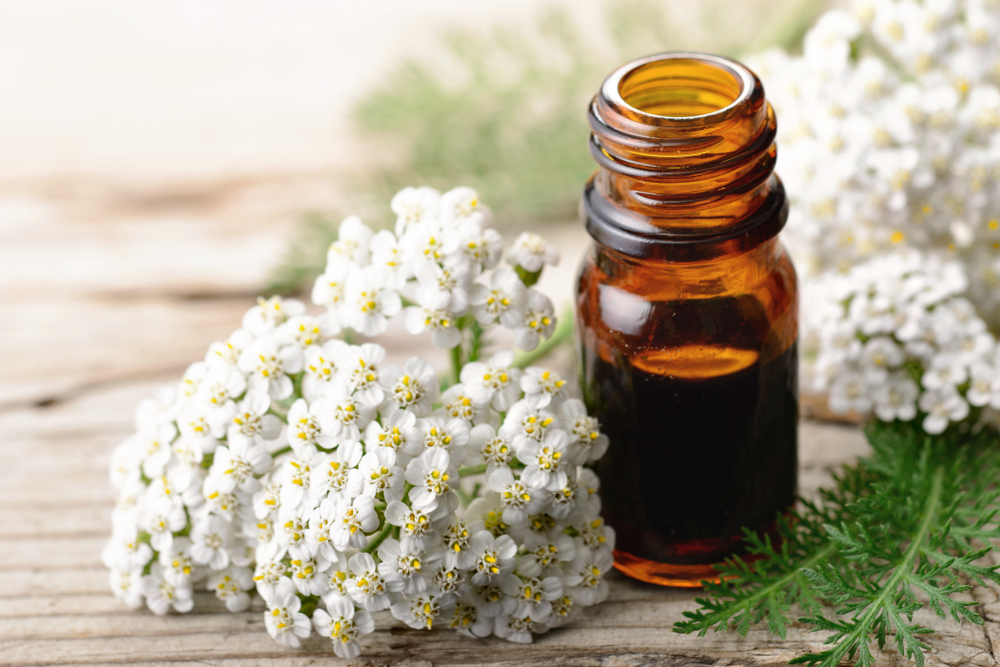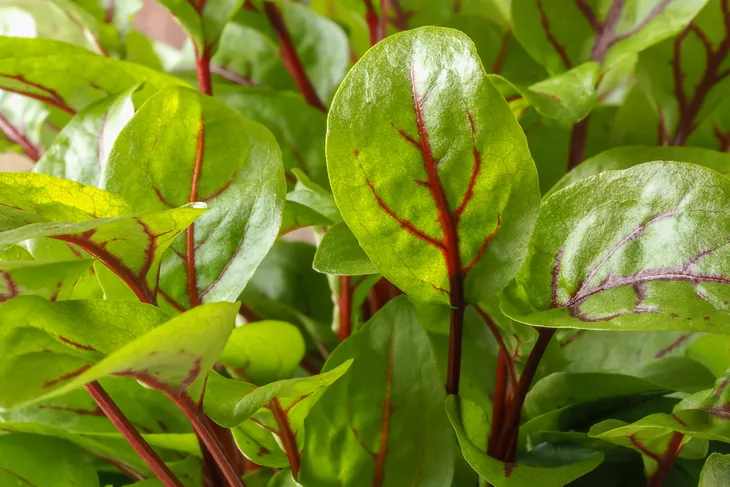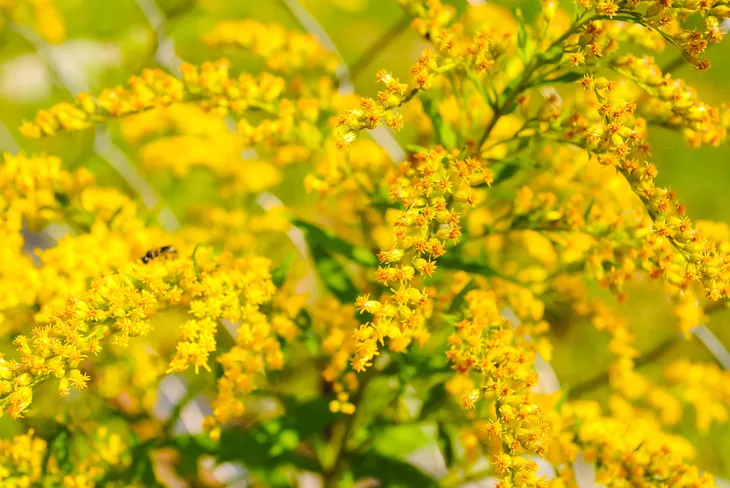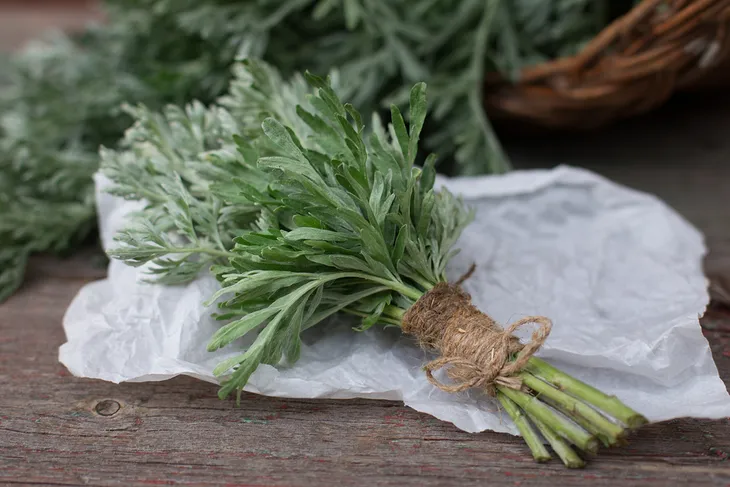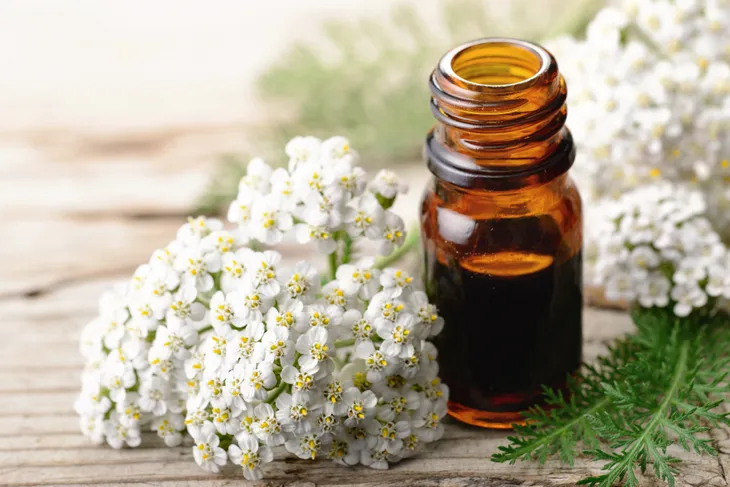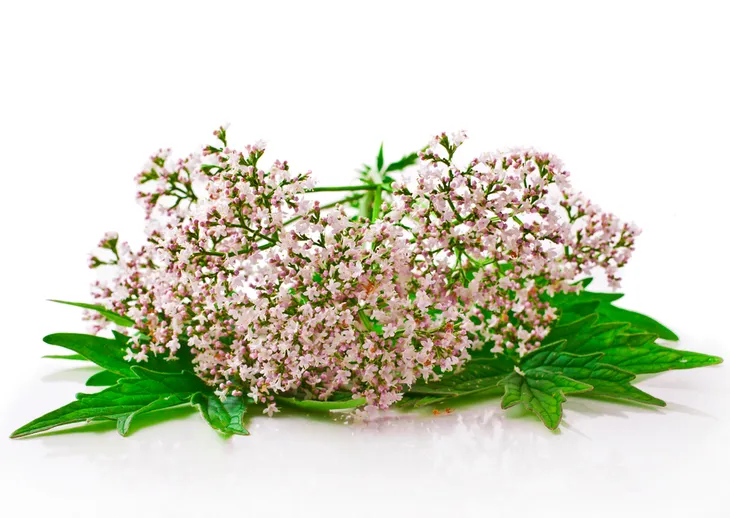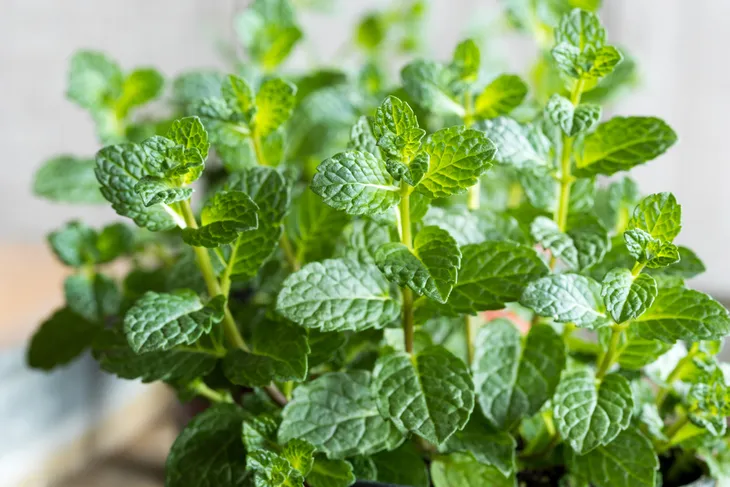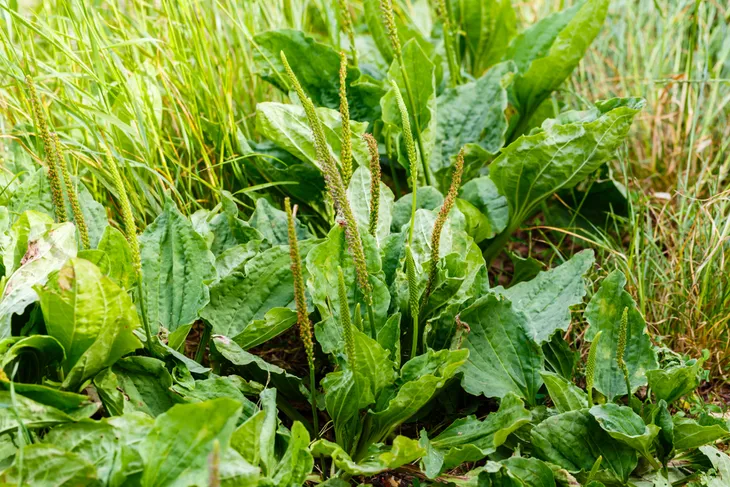At one time or another, every homeowner has had to deal with a pesky and aggressive plant. Whether it seeded from the neighbor’s yard or was planted by mistake, weeding takes up a lot of time around the yard and in the garden. Some of those weeds might not be all that bad. You might not necessarily want to cultivate any of these, but if they are on your property and require attention anyway, it might be worthwhile to experiment with them in the kitchen.
It is important to note that before adding any dietary supplement to your eating regimen, you should consult your physician. But these plants may add unique flavor to your dishes and all have healthy benefits that should keep them out of the garbage can or the compost pile. Here are a few of them….
Sorrel
Anyone familiar with Julia Child will know that she had a great passion for French sorrel soup. One of the staples of French cuisine, this soup is tangy with a lemony flavor. It can also be used as a substitute for arugula in salads. Sorrel tea is popular in Egypt, Senegal and Sudan, and is regarded as a daily staple. Generally this plant is pretty invasive in lawns and is one of the first plants to appear in the spring.
According to the Scientific Research Council of Jamaica, sorrel is rich in a variety of vitamins and minerals. Vitamin c, riboflavin, calcium, niacin as well as flavonoids (a powerful antioxidant) are all contained in sorrel. Researchers in Mexico have also reported that daily consumption can significantly reduce triglycerides.
Goldenrod
Goldenrod is often accused of being the cause of hay-fever, but the blame lies with its common companion, ragweed. Legend has it that after the Boston tea party in 1773, the colonists turned to a specific kind of goldenrod (solidago odora) as the best alternative to the highly prized drink imported by England. Primarily flowering in late summer and autumn, goldenrod is a tall spindly plant with golden-yellow flowers. The tea is made from fungus free leaves and the flowers. The varieties that have a pungent anise smell are the tastiest.
The Penn State Milton S. Hershey Medical Center states that goldenrod may have properties as an anti-inflammatory and has been traditionally used as a diuretic (promotes urination). It has been used to treat inflammation of the kidneys and bladder as well as colds, arthritis, gout, and kidney stones.
Mugwort
Before the widespread use of hops as a flavoring and herbal preservative of beer in medieval Europe, mugwort leaves were a popular ingredient in the brewer’s pantry. It is very sweet and helps to bring out the malt profile in certain styles of beer. There are concerns about its toxicity, but fermentation does appear to render it inert. It is a close relative of wormwood and the raw plant is not recommended for internal use.
Mugwort has traditionally been used by midwives, and the chemicals contained in it might stimulate the uterus according to WebMD. It has various uses as an aromatic in dream pillows, or for use in herbal baths to relieve joint and muscle aches.
Yarrow
Yarrow is fairly common and if not contained it spreads with spread very quickly. It has been popular amongst herb gardeners for its ability to increase the essential oil production of culinary plants surrounding it. Fossils of yarrow plants have been found in Neanderthal sites in Europe and appear to have been a human companion for more than 60000-years. This was another popular brewing herb in medieval Europe and has a bitter taste profile.
Yarrow has been widely used in pre-Columbian North America for a variety of illnesses. In Rodale’s Illustrated Encyclopedia of Herbs, yarrow is attributed to use in treating fevers and reducing pain. This may be because of salicylic acid derivatives, similar to aspirin, contained in the plant. It also contains an anti-inflammatory, volatile oil called azulene.
Valerian
The valerian plant is not known for its pleasant aroma, in fact American herbalist, Michael Moore, refers to the scent as “the precise smell of dirty socks”. There is even a variety common in Asia that is locally called Phu. Noxious odors aside, valerian has had a long history of use. Legend suggests that the Pied Piper of Hamelin employed valerian, as well as his music, to lure rats out of town. Due to its ability to both intoxicate cats and attract rats.
Valerian based teas and drugs are commonly available in Europe and have a long history of safe use. The US National Institute of Health recognizes valerian’s ability as a tranquilizer, as well as a possible treatment for insomnia. Although large doses can lead to vomiting and dizziness, the root has many applications, such as a calming tea.
Peppermint
Most experienced gardeners can tell you some horror stories about planting peppermint. It has a pleasing aroma and fills in empty patches in the garden very quickly. It will choke out neighboring plants with alarming speed, and produces runners as well as sprouts from small sections of root left in the ground. Although it is not desirable in the garden, it is very useful in the kitchen.
Peppermint can be used as flavoring in iced tea, desserts, candy, and alcohol cocktails. It can also be used as a stomach soothing tea. The US National Library of Medicine says that it is very effective for treating the symptoms of IBS and heartburn. It has also shown to be effective at relaxing the colon during rectal exams, hopefully you won’t need it for that.
Willow
Anyone who is familiar with this voracious plant can tell you how problematic it can be. The roots of willow trees planted close to your house can crack the foundation. It responds aggressively to pruning and can double in size after a light trim. The curly variety has been highly regarded for its beautiful limbs and use in crafts, but it has fallen out of favor due to its ability to overtake surrounding plants in warmer climates. Smaller varieties are highly recommended for use in the garden.
As a medicinal plant, willow is almost unmatched. Willow bark tea historically has been very popular and used since the time of Hippocrates. The active compounds in willow bark are similar to those of aspirin and can be used to treat similar ailments. The University of Maryland Medical Center suggests that willow is useful in the following applications—headache, low back pain, and osteoarthritis.
Dandelion
Strolling through the garden center of your favorite hardware store, you may come across weeding tools specifically designed to pull out the long, tough tap roots of this hated weed. It is the enemy of anyone looking to create a perfectly green lawn. Recent studies have indicated that the tap root of dandelions are actually beneficial to lawns by bringing up and distributing nutrients to grasses from deep within the soil. The bitter leaves are also useful in salads and prepared as a side in upscale restaurants.
Medical usage of dandelions remains fairly common, primarily as a diuretic (promotes urination). It has been in use in the Middle East since around the tenth century. According to Agriculture and Agri-Foods Canada, dandelions are high in vitamin c and have use possibly as an appetite stimulant.
Plantain
These are so common in North America that you probably stepped on one recently walking around. They grow in lawns, in the cracks of sidewalks, and pretty much anywhere a plant can grow. They are not much to look at and can be a nuisance, but they are relatively mild in flavor and can be used in salads amongst other things.
The leaves have been widely used as a topical solution for treatment of insect bites, sunburns, blisters, and poison ivy. The leaves contain tannin and allantois, which may explain their popularity as a topical ointment. The University of Michigan Health System also recognizes its use as a treatment for chronic bronchitis, due to its anti-inflammatory properties.
